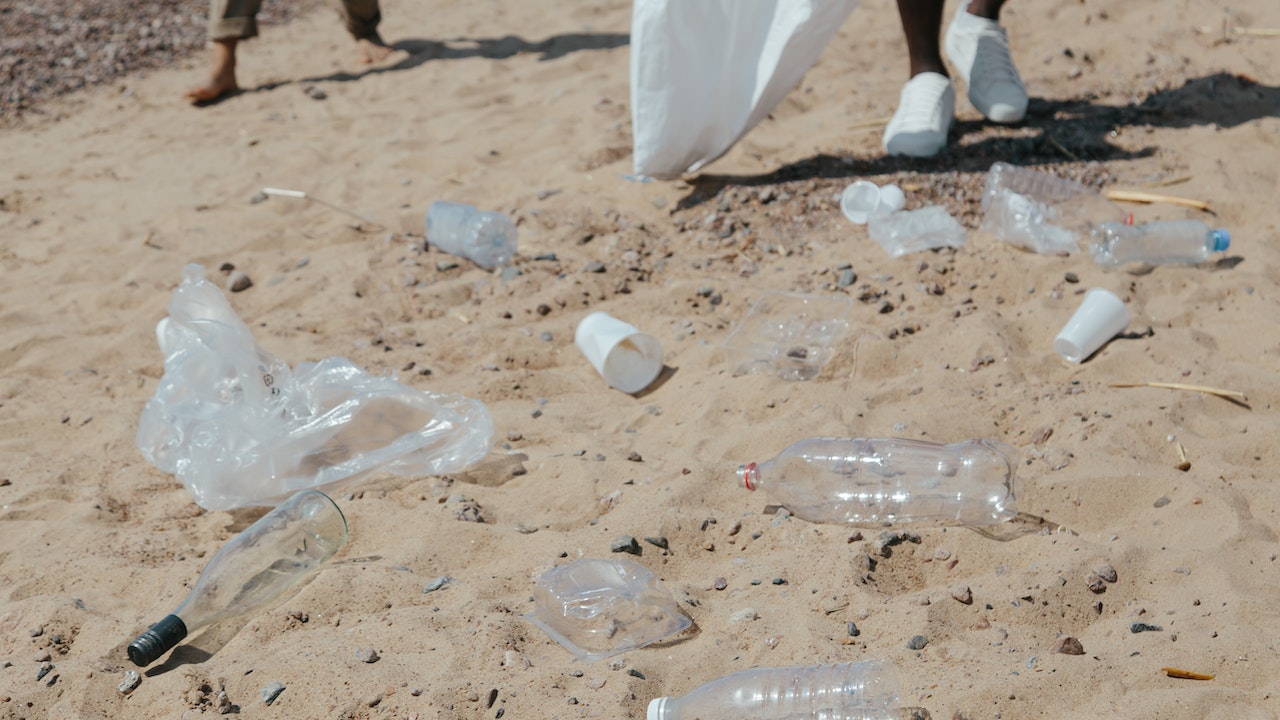A Plastic Pandemic: The Devastating Effects of Microplastic Pollution
The blog post discusses the devastating effects of microplastic pollution, which are tiny plastic particles less than 5mm in size that enter our waterways, soil, and even the air we breathe. Microplastics come from various sources, including the breakdown of larger plastic items and the release of plastic microbeads from personal care products. Marine life, human health, and the economy are all impacted by microplastic pollution, and reducing our use of plastic products can be an effective way to combat this problem.

Plastic is everywhere in our lives, from our homes to our workplaces and even in the products we buy. As a result, plastic pollution has become a global crisis, with an estimated 8 million metric tons of plastic entering our oceans every year. While many people are aware of the risks of plastic pollution, fewer understand the devastating effects of microplastic pollution, the tiny plastic particles that are less than 5mm in size.
Microplastics come from a variety of sources, including the breakdown of larger plastic items, the abrasion of plastic products like tires and clothing, and the release of plastic microbeads from personal care products. They are so small that they are often invisible to the naked eye and can easily enter our waterways, soil, and even the air we breathe.
One of the most significant impacts of microplastic pollution is on marine life. Fish, birds, and other marine animals can mistake microplastics for food, ingesting them and suffering from the harmful effects. Microplastics can block the digestive tract, cause internal injuries, and lead to malnutrition and starvation. The impact of microplastics on marine life is not only devastating for the animals themselves, but it also has ripple effects throughout the entire ecosystem, potentially affecting the food chain and disrupting entire marine communities.
Microplastic pollution also poses a risk to human health. While research is still in its early stages, studies have shown that microplastics can be found in food, drinking water, and even the air we breathe. Ingesting microplastics has been linked to a range of health problems, including inflammation, liver damage, and even cancer.
In addition to the impact on health and the environment, microplastic pollution also has economic costs. The cost of cleaning up plastic pollution is estimated to be billions of dollars each year, and the impact on industries such as fishing and tourism can be significant. In areas where microplastic pollution is prevalent, beaches and waterways may become less attractive to tourists, leading to a decline in local businesses and economies.
So what can we do to combat microplastic pollution? One of the most effective ways to reduce microplastic pollution is to reduce our use of plastic products altogether. This can be done by switching to reusable bags, water bottles, and containers, avoiding single-use plastics like straws and utensils, and choosing products made from natural materials like cotton and hemp. Proper disposal of plastic waste is also essential, as plastic items that end up in landfills or in the environment can break down into microplastics over time.
In conclusion, microplastic pollution is a devastating problem that affects not only the environment but also human health and the economy. By understanding the risks and taking action to reduce our use of plastic products, we can all play a part in protecting the planet and its inhabitants from the harmful effects of microplastic pollution.
ALSO READ
Sudha Murty's New Book Dives Into Partition's Lasting Impact on Generations
A Legacy of Leadership: Bheemanna Khandre's Enduring Impact on Karnataka
X Faces Global Outage: Twitter Users Impacted Worldwide
India's Startup Surge: A Decade of Innovation and Global Impact
Trade Tides: US Tariff Impact on India's Export Dynamics










